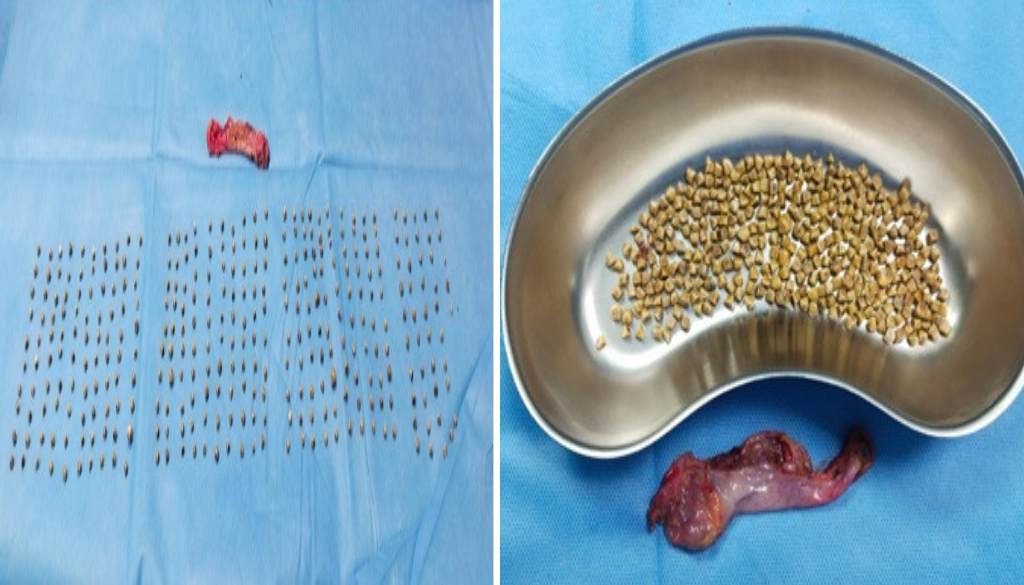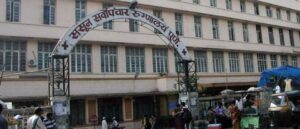THE GALL of Gallstones

By Dr Ameya Thakur
Advanced Laparoscopic GI, Hernia, Bariatric and Metabolic Surgeon
Pune, 17th June 2024: Your gallbladder is a small organ in your upper right abdomen, right below your liver. It’s a pouch that stores bile, a green-yellow liquid that helps digestion. Issues with your gallbladder typically occur when something is blocking its bile duct—like a gallstone. Most gallstones are created when substances found in bile, like cholesterol, harden. Gallstones are very common and routinely asymptomatic. However, about 10 percent of people who are diagnosed with gallstones will develop noticeable symptoms within 5 years.
Signs and symptoms of gallstones
● Fever
● rapid heartbeat
● yellowing of the skin and whites of the eyes (jaundice)
● itchy skin
● diarrhea
● chills
● confusion
● a loss of appetite
These symptoms can be signs of a gallbladder infection, or inflammation of the gallbladder, liver, or pancreas. Because gallstone symptoms may mimic the symptoms of other serious issues pancreatitis ( swelling of pancreas ), no matter what, if you’re dealing with one or more of these issues — it’s time to see your surgeon.
Asymptomatic gallstones
Gallstones themselves don’t cause pain. Rather, pain occurs when gallstones block the movement of bile from the gallbladder. About 80 percent of people who have gallstones have “silent gallstones.” This means they don’t experience pain or have symptoms. This condition is especially found in people suffering from diabetes. Another case in which incidentally your doc might find a gallstone in ultrasound/ xray while investigating you for other causes of pain in abdomen.
Causes
A) Too much cholesterol in your bile Having too much cholesterol in your bile can lead to yellow cholesterol stones. These hard stones may develop if your liver makes more cholesterol than your bile can dissolve.
B) Too much bilirubin in your bile Bilirubin is a chemical produced during the normal breakdown of red blood cells. After it’s created, it passes through the liver and is eventually excreted out of the body. Some conditions, such as liver damage and certain blood disorders, cause your liver to produce more bilirubin than it should. Pigment gallstones form when your gallbladder can’t break down the excess bilirubin. These hard stones are often dark brown or black.
C) Concentrated bile due to a full gallbladder Your gallbladder needs to be able to empty its bile to function properly. If it fails to empty its bile content, the bile becomes overly concentrated, which can cause stones to form.
Risk factors for gallstones
Some risk factors for gallstones are related to diet, while other factors are not as controllable. Uncontrollable risk factors are things like age, race, sex, and family history.
Lifestyle risk factors
● living with obesity
● a diet high in fat or cholesterol and low in fiber
● undergoing rapid weight loss
● living with type 2 diabetes
Genetic risk factors
● Female ( FAT , FERTILE , FEMALE > 40 YEARS )
● Family history of gallstones
Medical risk factors
● Pregnancy
● Cirrhosis
● Medicines with high estrogen content eg: OC pills
TREATMENT
Almost never can be gallstones treated medically ( using drugs )
SURGERY IS THE MAINSTAY
We frequently perform Laparoscopic Cholecystectomy ( gold standard ) using the state of art ICG guided advance technology. This helps us to evaluate and highlight the entire biliary anatomy and hence decreases the chances of any complications associated with the surgery. Patient is usually discharged the next day after surgery (depending on his post operative status) Patient can return to his routine daily activities in a week of surgery.








